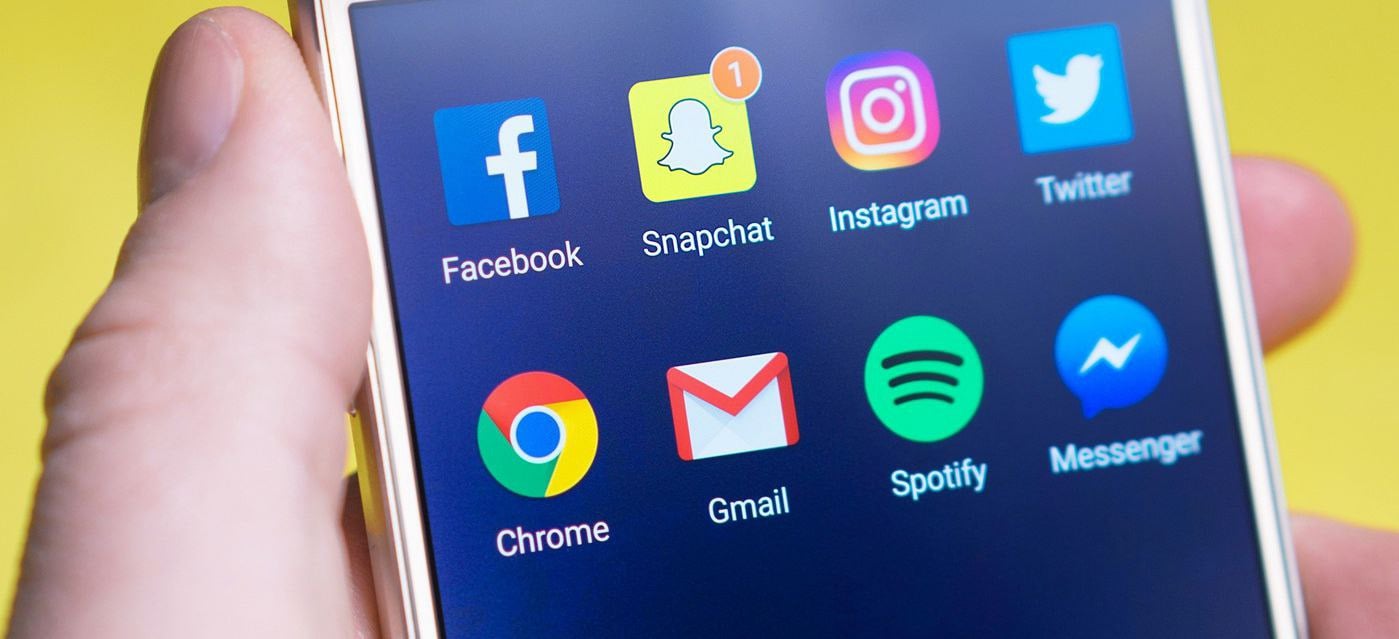
Engage B2B Buyers Earlier in the Sales Process with Social Media
With the astronomically fast rise of social media and the increasing number of social media gurus and firms promising to help those who don’t understand these new tools, it’s no wonder that many B2B organizations are still reluctant to consider social selling a viable part of their selling process.
Do these comments sound familiar?
- “It’s too new.”
- “It isn’t proven.”
- “There’s no way to measure it.”
While it’s true that the industry has a ways to go in order to understand all of the sales implications of social selling, we can assume that it’s not a fad and isn’t going away any time soon. Here’s some research that demonstrates the importance of social media in connecting with today’s B2B Buyer:
- Social Media helps sellers exceed quota (Source: Forbes)
- Most corporate decision makers use social media to inform their purchase decisions. (Source: IDC)
- Best-in-class sellers use social media to build stronger pipeline. (Source: Aberdeen)
Why Social Media is More Than a Buzzword
Creating an account on LinkedIn or Twitter doesn’t mean that the leads will start pouring in and the sales will practically close themselves. That’s falling into the “buzzword trap.” In fact, you can get hundreds of followers, thousands of likes, and even make valuable connections, but if you don’t employ a system of capitalizing on these interactions, you’ll never see the kind of return that drives bottom-line impact.
Sales organizations that use social to demonstrate value and differentiation and align key social activities with their sales process understand that social selling is more than just a fad. It’s an important tool along their customer engagement process.
In a traditional buying process:
- Sales is very clearly aligned with the buyer.
- They’re able to uncover customer needs through an effective discovery process.
That discovery process gives them the opportunity to define required capabilities, positive business outcomes and then lead that buyer to their highly differentiated solution.
When we consider the connected buyer that tightly aligned process goes away. Sirius Decisions reports almost 70% of the B2B buying process is done digitally. That means that buyers are researching vendors and solutions on the web and through social before even engaging a salesperson. When they finally engage a salesperson, they perceive themselves as being much further along in their process.
With the new buying process, sales is entering the conversation much later. The buyer has already done his/her research. They’ve likely defined required capabilities. They researched your competitors and are determining how/where your solution stacks up.
When sales comes into the process, they may have to back track to redefine capabilities, execute an effective discovery process with a prospect who perceives he/she is past that point, and differentiate themselves among other vendors who are already part of the decision criteria.
How are you as a sales organization enabling your salespeople to enter into this buying process earlier?
Social media is an important tool that provides salespeople the ability to engage in the sales process earlier. Consider these stats from IBM who rolled out a 6-month pilot social selling project with just seven reps:
- 7 reps grew their aggregate LinkedIn direct followers from 535 to 3,500 people
- Their reach grew from 54,000 to 1.3 million (followers of followers)
Sales organizations that use social to demonstrate value and differentiation and align key social activities with their sales process understand that social selling is more than just a fad. It’s an important tool along their customer engagement process.

